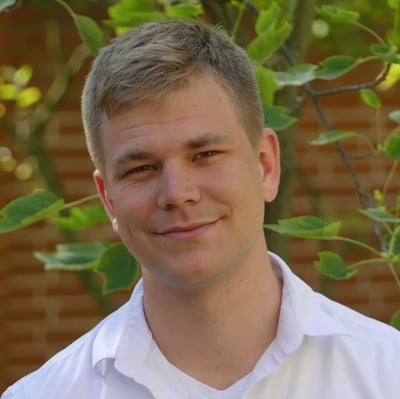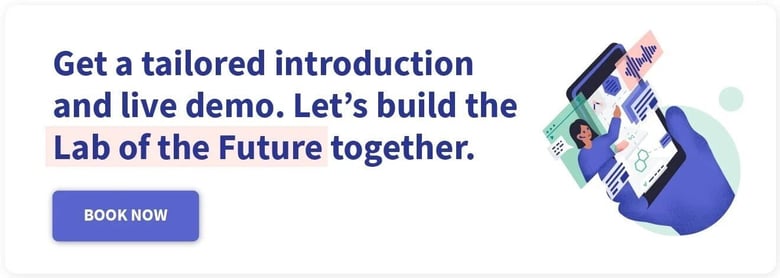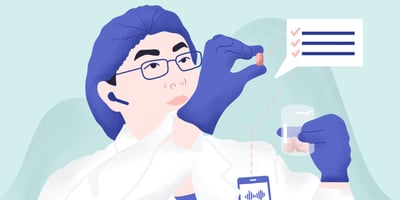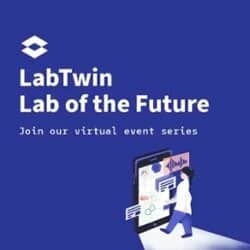After completing a Master thesis at Bayer HealthCare, Dennis Kwiatkowski is now a PhD student at the Freie Universität Berlin and a research associate in the Institute for Medical Physics and Biophysics at the Charité Universitätsmedizin in Berlin, Germany. Dennis studies G-protein coupled receptors, is a freelance lecturer and has even founded a microbrewery. We sat down with Dennis to find out how he uses LabTwin to streamline his research.
Why did you decide to start using LabTwin?
I saw an opportunity to be part of a revolution in scientific documentation. Scientists make ground breaking discoveries every day that will change the future of our world (eventually), but scientific documentation methods haven’t kept up.
In my field for example, we use fancy microscopes, robotic pipetting, particle accelerators for measurements and super computers for calculations but a great part of my scientific documentation is still pen and paper.
Science 4.0 is needed and LabTwin is taking a step in the right direction.
How were you managing lab documentation before LabTwin?
For most of my work I used the gold standard - the good old lab book. I had handwritten notes plus printed graphs & pictures. From time to time, I also took notes on paper towel and transferred them later into the lab book.
Was LabTwin easy to set up? Is the app easy to use?
The installation was a piece of cake. The usage is very intuitive. You say the wake word and it starts. There is nothing easier than that.
What do you like most about LabTwin?
I like that it allows me to document more details. I can document things like the appearance of a sample, for example. These details would probably not find their way into my lab book if I had to write them down manually. LabTwin also allows me to document experiments on the fly (which reduces the loss of details).
What features would you like us to add to LabTwin?
Start recording without the wake word or having to get out your phone (e.g. have a button on a headset/dash button).
Also when I first started using LabTwin, you mentioned interactive step-by-step protocol reading. I could imagine that this kind of feature would be really useful. (Note from Guru: this feature is now available on LabTwin – the app can prompt scientists through protocols step-by-step and can tick off each step as you complete it to help with compliance).
What benefits has LabTwin provided for your research?
I work on light-sensitive proteins. Therefore, I often work under darker light conditions like red safe/dim light, similar to when you develop old photos from film. Manual documentation is difficult under these conditions, but not with LabTwin. I say the wake word and can document things even if I can’t see much.
What kind of work would you say this app is suited for?
It is most useful for work where you need both of your hands (like working under a sterile bench/hood), where you need to record lots of data/details and under circumstances where you can’t take notes.
What are your thoughts on LabTwin's impact on research efficiency and reproducibility?
In principal every technology that allows you to record more details should lead to more reproducible science.
In your opinion, how will a voice-powered product like LabTwin change the industry in the long run?
It will ease lab documentation, reduce mistakes and hopefully at some point replace pen and paper.











